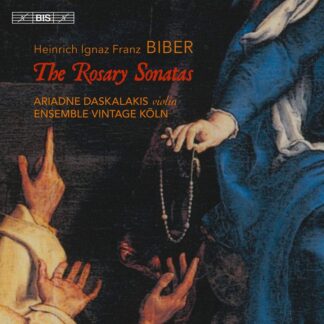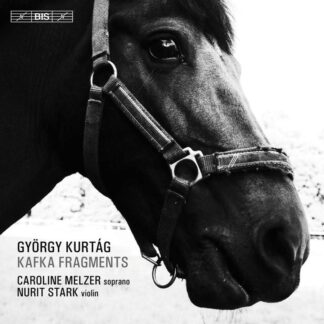Περιγραφή
Καλλιτέχνες
|
Bassoon and contrabassoon; a kaleidoscopic rainbow of virtuosity, concentrated into a single CD. Perhaps there’s nothing unique here, but nevertheless it is something quite special and unusual the instrument had to wait until the twentieth century to really find its feet, amidst what was a wide-ranging exploration of new sonorities. Even following the instrument’s wave of emancipation last century, the very first composition ever published for solo contrabassoon, the Baßnachtigall (1922) by Erwin Schulhoff (1894-1942), is still something of a rarity. Baßnachtigall sounds serious and droll at the same time, even occasionally fleet of foot, and with a tendency to virtuosity. The BACH motif and a Fugue leave us in no doubt that the classically trained Schulhoff was fully aware of what he was up to. It takes the merest whiff of the frivolous elegance in Mozart’s Sonata KV 292 to be enchanted by what Mozart allows the bassoon to achieve, within a limited instrumental range – to sing. Mozart’s ability to make instruments sing is in fact unparalleled by any other composer. Jean Françaix (1912-1997): lightness and humour best typify the bulk of the composer’s output: the music of Françaix is a manifestation of French ‘joie de vivre’. The Divertissement for bassoon and string quintet (1942) is a telling example of this. Lively, whimsical, waspish and brimming with rhythmic subtleties, the piece demands extreme virtuosic precision from its performers. The Quartet op. 46 no. 1 (1804) by Franz Krommer (1759-1831) – a gallant and dashing work with, as was customary, a contrasting touch of melancholy in its Andante, is permeated by the same divertimento ambience. As a writer of chamber music, symphonic works and work for the musical theatre, Kees Olthuis (1940) may be more familiar with the bassoon and contrabassoon than almost any other composer. He would describe his own musical language as ‘extended tonal’. In his Concertino for contrabassoon and string quintet (2014) he combines this with a lyrical, drama-inspired narrative skill. |









